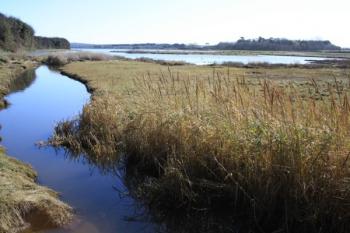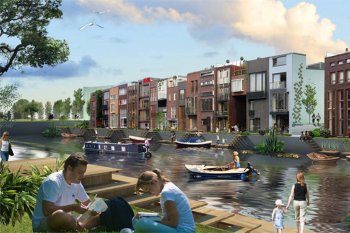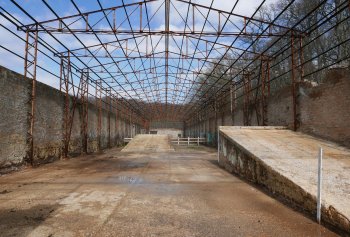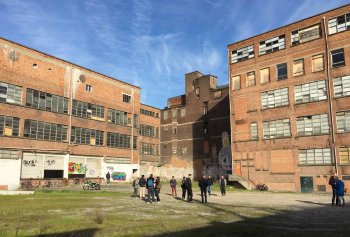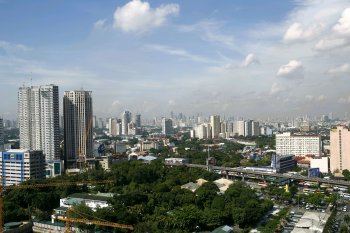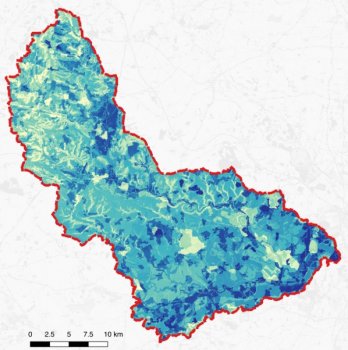Cultural seascapes: Social-cultural valuation of ecosystem services in Fingal, County Dublin, Ireland
Analysing the expression of socio-cultural values in a coastal setting, considering the contribution that ecosystem service approaches can make within the land use or spatial planning arena. People attach socio-cultural values to the natural environment just as they do to other aspects of life. Cultural ecosystem services are strongly influenced by these values and provide tangible and intangible benefits to people when they interact with nature. Often in decision making the less tangible cultural ecosystem services benefits are overlooked and unaccounted when considering the overall value...

